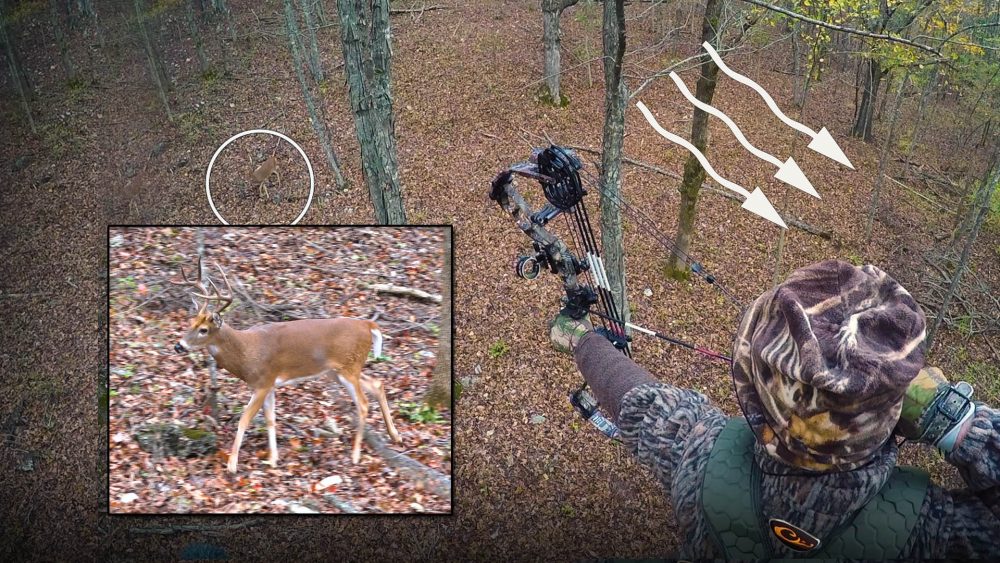Get Ready for Deer Hunting: Tips for Placing Stands and Blinds
Filed under: Hunting Blog
This time of year, we are often asked questions about where to place stands and blinds. I only have one rule about placing stands and blinds: the hunter must be able to approach, hunt, and exit without alerting deer!
This means considering the wind and thermal direction during the time of day when a hunter will likely approach, hunt, and exit the stand. Notice I said “during the time of day.” This seems to be an often-overlooked consideration.
First, I’ll define “thermals” to ensure we are on the same page: thermals are local wind currents caused by temperature differences. Cold air moves to lower elevations and warm air rises. Usually the steeper the topography the stronger the thermals. However, even in relatively flat country, thermal directions are often more important than wind direction, especially during the early morning and late afternoon.
There are several stands and blinds at The Proving Grounds that are best hunted during either the morning or afternoon due to thermals – but not both. For example, there’s a stand where I tagged a doe and passed a buck we call HighRiser last fall. It’s located on the lower slope of a steep ridge.

During a cool or cold morning, the thermals are moving downhill because the stand is mid slope. The stand is 20 yards down the slope from a very mature white oak. We approach this stand from the downhill side before daylight and tag deer from it every year. We keep from alerting deer by only hunting it during cool or cold mornings when the thermals will be flowing down the slope. Depending on the temperature and cloud cover, we usually need to exit this stand by 9:30 +- am. By then the air has usually warmed to a point it’s now flowing uphill – directly to the normal path of travel and food source for deer.
We only hunt this stand during the mornings because during the afternoons it’s usually warm enough that the thermals are rising and we’d alert deer while approaching the stand. HighRiser, the buck I passed from this stand last year, is still alive and is now on our hit list. Because he wasn’t alerted from this stand last year there’s no need to believe he’ll avoid the area this fall!
Hunting deer that have recently been alerted rarely results in success. To avoid this, consider how to approach, hunt, and exit stands and blinds without alerting deer. If deer don’t know a predator (hunter) frequents the area, they tend to spend much more time there!
Enjoy Creation (and use thermals to your advantage),
Grant



